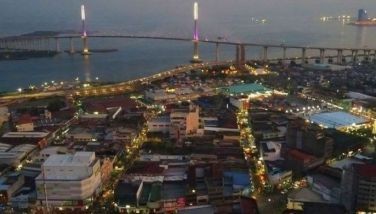Central Visayas areas monitored for red tide
CEBU, Philippines - The Bureau of Fisheries and Aquatic Resources (BFAR) - 7 is keeping an eye on a cove that lies between Medellin and Bogo in northern Cebu for possible risks of red tide contamination.
BFAR - 7 Director, Dr. Allan Poquita, said that aside from the Bogo-Medellin Bay, the agency is also monitoring the Siit Bay in Negros Oriental and Cogtong Bay and Maribojoc Bay in Bohol.
“We are monitoring other provinces in Region 7 (Central Visayas) since there is a possibility of having a red tide in other areas especially this dry season,” he said.
He explained that temperature is seen as one of the factors that may trigger an algal bloom that is caused by microscopic algae that produce toxins that might kill fishes and make shellfish dangerous to eat. The bloom takes on a red color, thus the name “red tide.”
Aside from the climatic condition, Poquita said the geographical landscape also contributes to possible red tide occurrences.
He said most of these monitored sites are found in coves or small sheltered bay in the shoreline wherein seawater is apparently enclosed and the current moves slowly.
He said BFAR-7 is collecting samples of shellfishes at these sites on a regular basis and send them to its central office for laboratory testing to check whether marine products are contaminated.
For now, harvesting shellfishes at these sites is still safe, Poquita said.
He said results of the tests are released by BFAR’s head office through monthly warning advisories.
Presently, in the Visayas region alone, only two neighboring towns in Bohol were declared at risk of red tide toxin, in Dauis town and Tagbilaran City, implying that shellfishes in there are unsafe for consumption.
Poquita said that since earlier this year, the warning advisory raised on these towns is still in effect.
He assured that there is nothing to worry about this event since the coastal waters in these towns are not major sources of fishery products transported to other islands and sold in markets.
He said locals have been informed about the phenomenon that happened in 2016 during which local government units intensified initiatives in overseeing the coasts to prevent people from harvesting shellfishes collected for daily consumption. (FREEMAN)
- Latest























